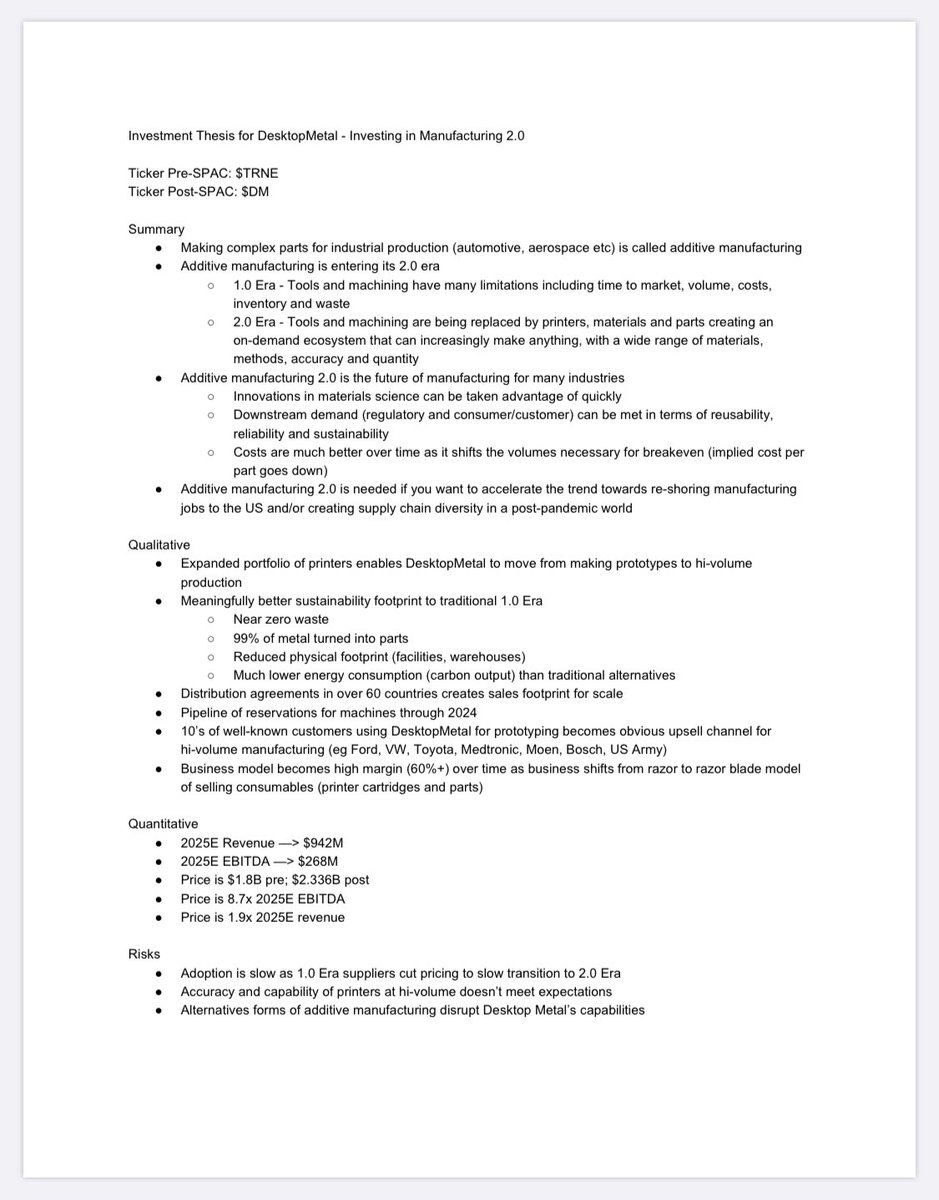Here’s a secret hiding in plain sight...
Ie do I buy $AAPL? Or buy a US 10-yr bond?
Many companies with hi flying stock prices back then had revenue growth but no near term cashflow. This drove analysts nuts.
“Why buy these stocks with no earnings when the US Government will pay me 6%?”
That became a better and better question. And when enough people asked this question, they sold their stocks (bubble burst) and bought bonds.
The similarities are, to some, that we are, again, focused on long term growth and no near term cashflow.
The big difference, though, is that our risk free 10-yr rate in 2020 is now 0.66%(!!) vs 6% 20 years ago. HUGE!
In part, the Fed’s policies have eroded people’s trust that it is worth anything.
It’s more likely that $AAPL or $AMZN are zero default risk today than the USG.
1. People become open to looking further in the future for a company to deliver cash flows - hence pricing stocks on 2024/2025 models today vs when rates were 6% (those models were 2-3 yrs max).
1. Risk free rates are important.
2. Currently, risk free rates are ~0.
3. As rates go down, people tend to model equity returns over LONGER periods of time.
4. As rates go up, people tend to model equity returns over SHORTER periods of time.
Done be frustrated by it. Don’t be blind to it. Understand it. Good luck!



